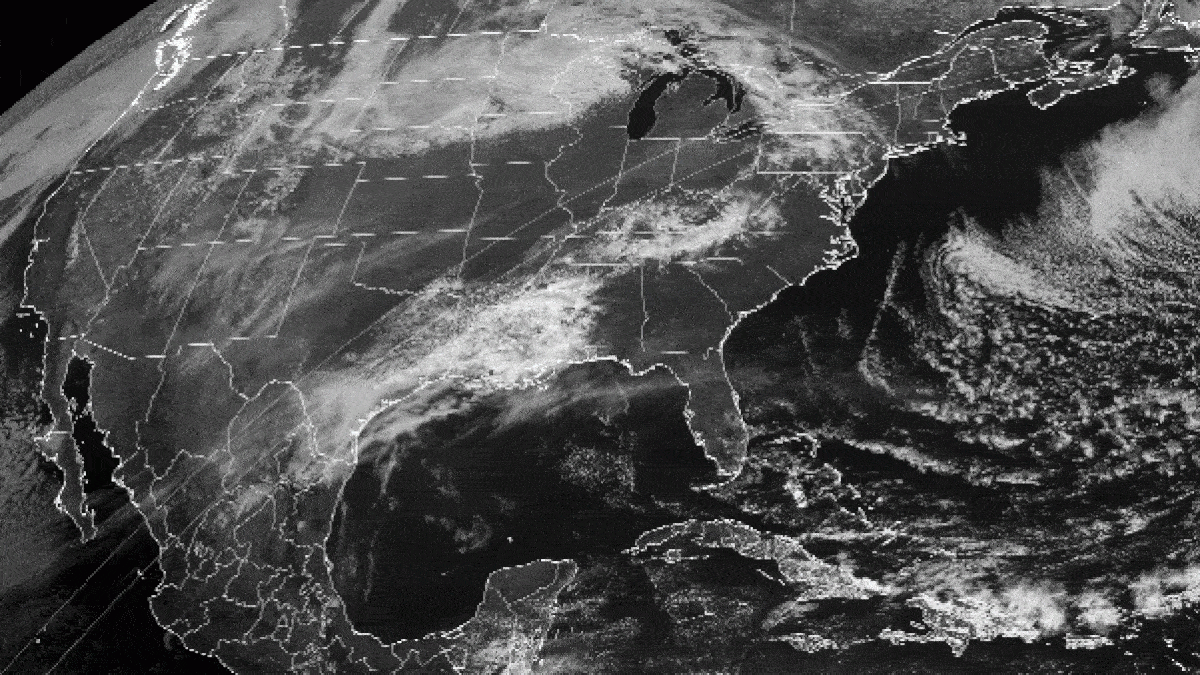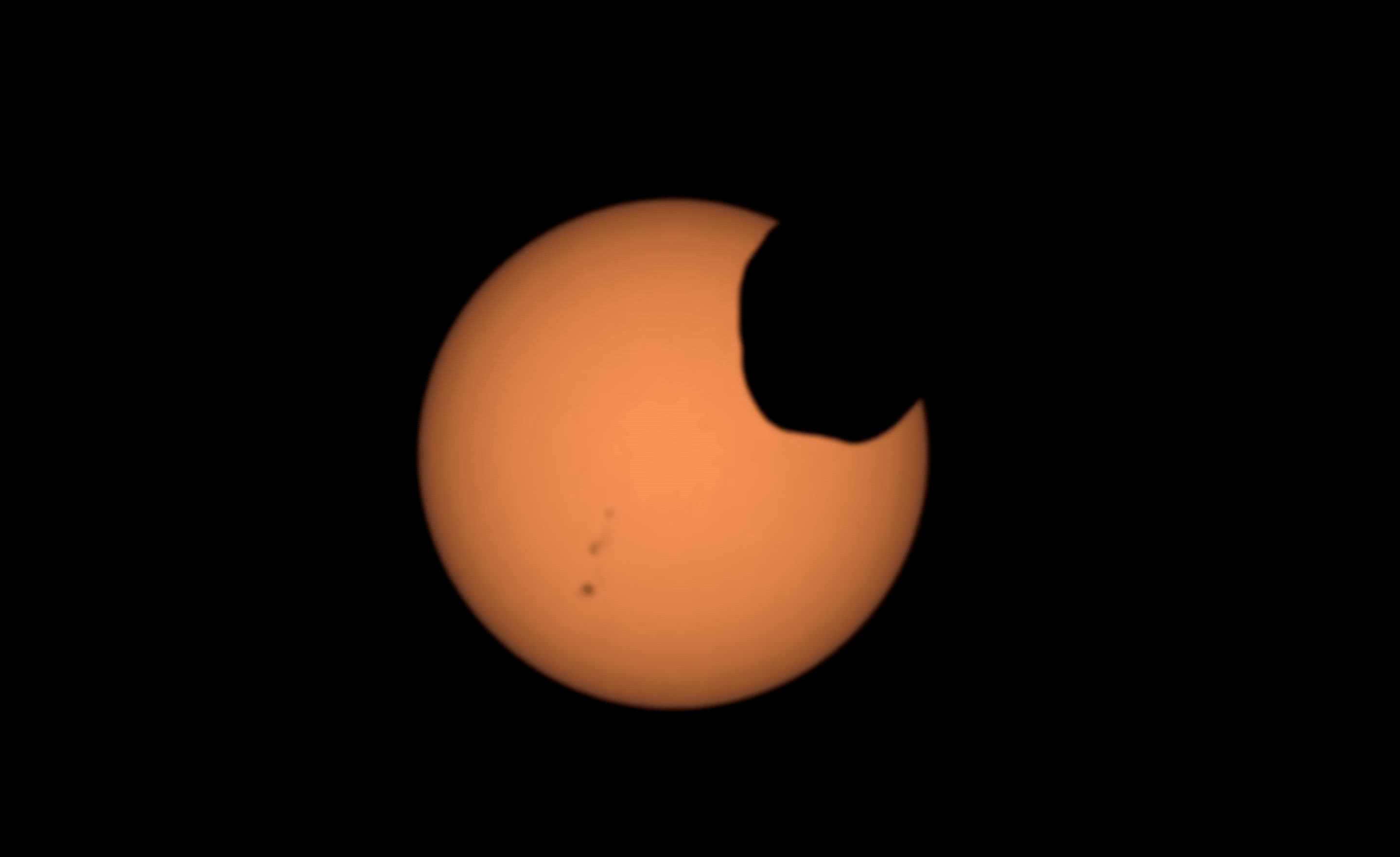When you purchase through links on our website , we may make an affiliate committee . Here ’s how it works .
High-altitude research jets
The original of two ofNASA ’s WB-57 high - elevation research jets will revel what may be the expert prospect ever of a totalsolar eclipseon Aug. 21 , when they chase the Sun Myung Moon ’s phantom over Missouri , Illinois and Tennessee at an height to 50,000 feet ( 15,200 meters).By cautiously timing their flight of steps , the two jets will compound to utilize their stabilized onboard photographic camera equipment to note the totality of the eclipse for 7 minutes , around three times longer than the two - and - a - one-half minutes experienced by eclipse observers on the ground . [ Read more about the occultation - chasing squirt ]
Solar corona
The NASA jets will use their cameras to make elaborated locomote figure of speech of the solar corona for a team of scientists led by Amir Caspi , an astrophysicist at the Southwest Research Institute in Boulder , Colorado . The corona discharge is the hot outermost layer of the Dominicus ’s atmosphere , which only becomes visible during a solar occultation when the disk of the moon blocks out the disk of the sun .
How they work
NASA ’s WB-57 inquiry jets are adapted from B-57 Canberra bombers that were used by the U.S. Air Force in the sixties to detect ghost of nuclear testing in the upper atmosphere . The airplane have been extensively retrofitted with atmospherical sensors and instrumental role to vanish a variety of high - EL enquiry delegation . The stabilised camera platform that will be used by the spurt during the eclipse was developed to tail NASA ’s space shuttle during re - entry to the air .
Teamwork at its best
The high - resolution cameras that will be used for the occultation observations are put up in the olfactory organ of the jet . The moonshine ’s tail travels even faster than the K can wing , so the pilot will necessitate to take flight in formation , about 62 mile ( 100 km ) apart , so that the 2nd aircraft can start its observation of the sum a few seconds before the totality terminate for the first aircraft .
Dynamic structure
The jet cameras will be capable to make unprecedented moving image of the occultation totality for more than 7 minutes , giving the astrophysics team a detailed look at dynamical structures within the sun ’s Saint Ulmo’s fire . The researcher desire to be able to name processes in the sunlight ’s magnetic airfield that make the Saint Ulmo’s light much hotter than the surface of the Lord’s Day itself .
Understanding our star
The researcher also hope to learn more about how the Sunday ’s magnetized landing field creates smooth seeable structures in the corona , such as loops and streamer . The magnetised field line are steady down in the disorderly Earth’s surface of the Dominicus itself , and computer models suggest they should become a " tangled mat " of magnetized field note , rather of the smooth structure that are get a line , Caspi said .
A clear view
By using cameras at an EL of 50,000 feet ( 15,200 MB ) to notice the eclipse , the researchers can be sure of perfect weather for the duration of the celestial event , Caspi said . The high - altitude television camera will also be above around 90 percent of the Earth ’s atmospheric state and 99 percentage of its water vapor , which will reduce straining to a minimum and allow the camera to observe very fine dynamic change in the corona .
Seeing the unseen
The jet cameras will also be used to observe the satellite Mercury for half an hour before and half an hr after the eclipse integrality . Mercury is often hard to observe because it is so skinny to the sun , but it will become seeable in the darken sky during the partial and total phases of the Aug. 21 eclipse .
First-time look
Although NASA ’s Messenger probe , show here , has mapped the Earth’s surface of Mercury with X - shaft of light , the researchers will utilize the camera ’s datum from the occultation - chasing reverse lightning to make notice of the surface with infrared light for the first time . They go for the infrared images will reveal the temperatures of Mercury ’s open near the planet ’s morning eradicator , where it move from freezing dark to scorching - hot daylight .
Searching for theories
The researchers will also look for their mental image for Vulcanoids , a type of asteroid theorized to live between the ambit of Mercury and the Lord’s Day , but which have never been witness to date . data point from the observance garner by the research worker will be shared with squad of scientists around the world , and a springy video provender from the jets ' cameras , transmitted by a Viacom satellite , will be available to the world during the occultation itself .



























